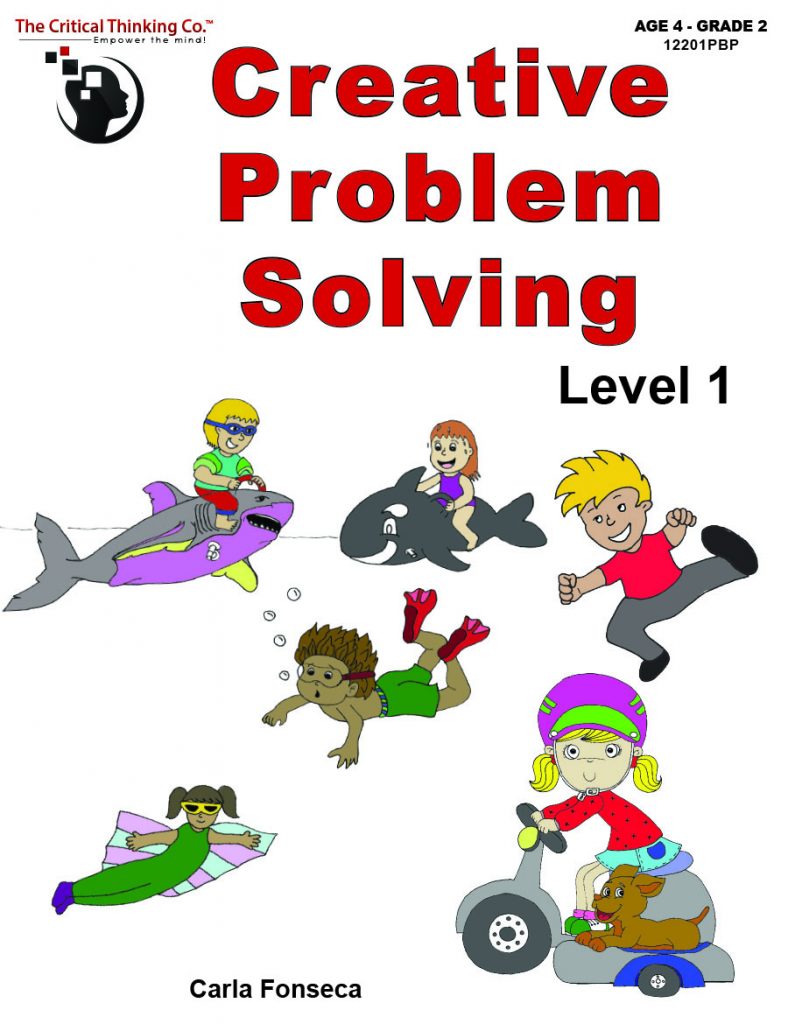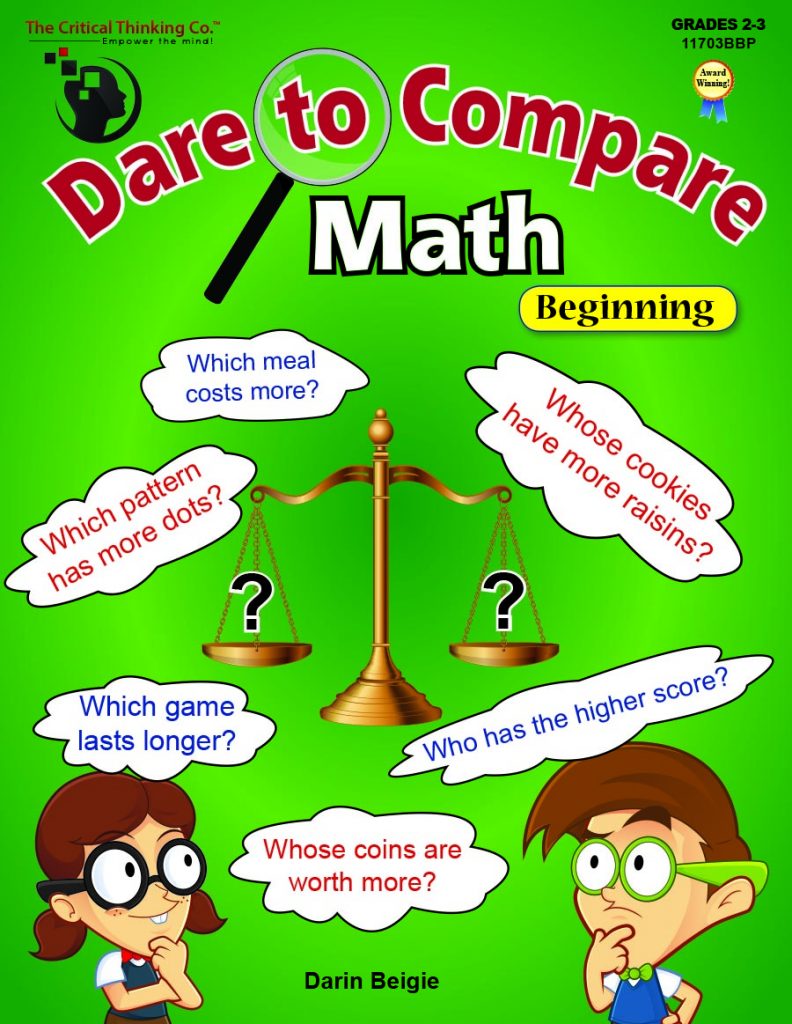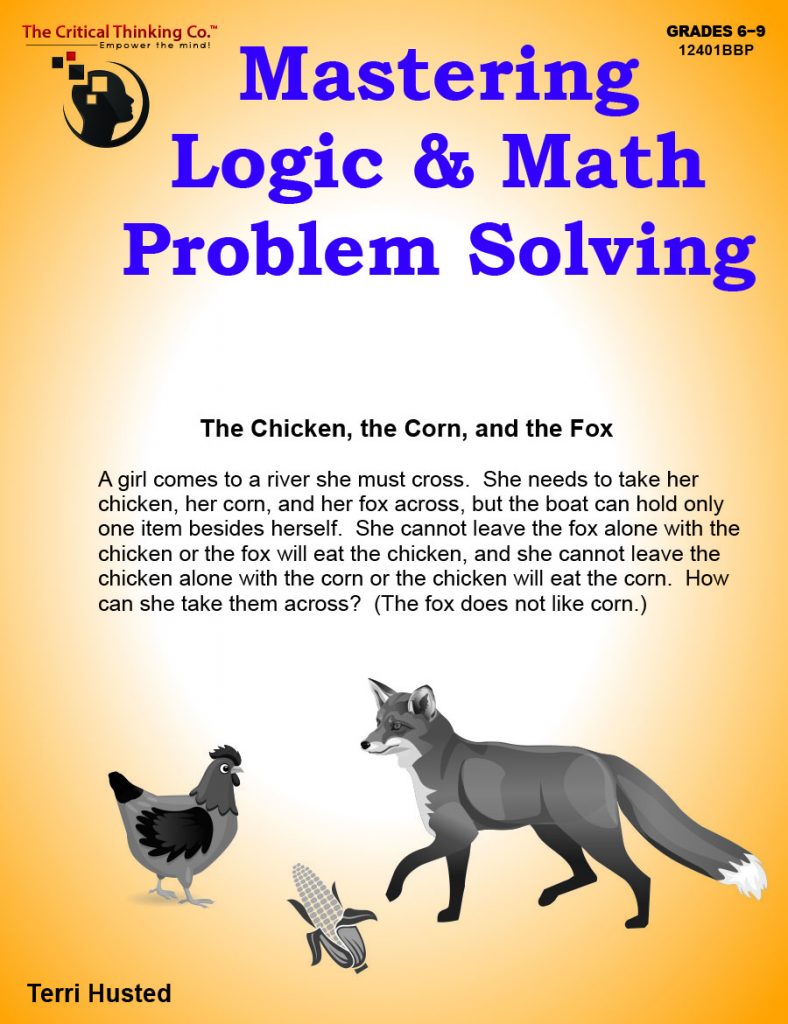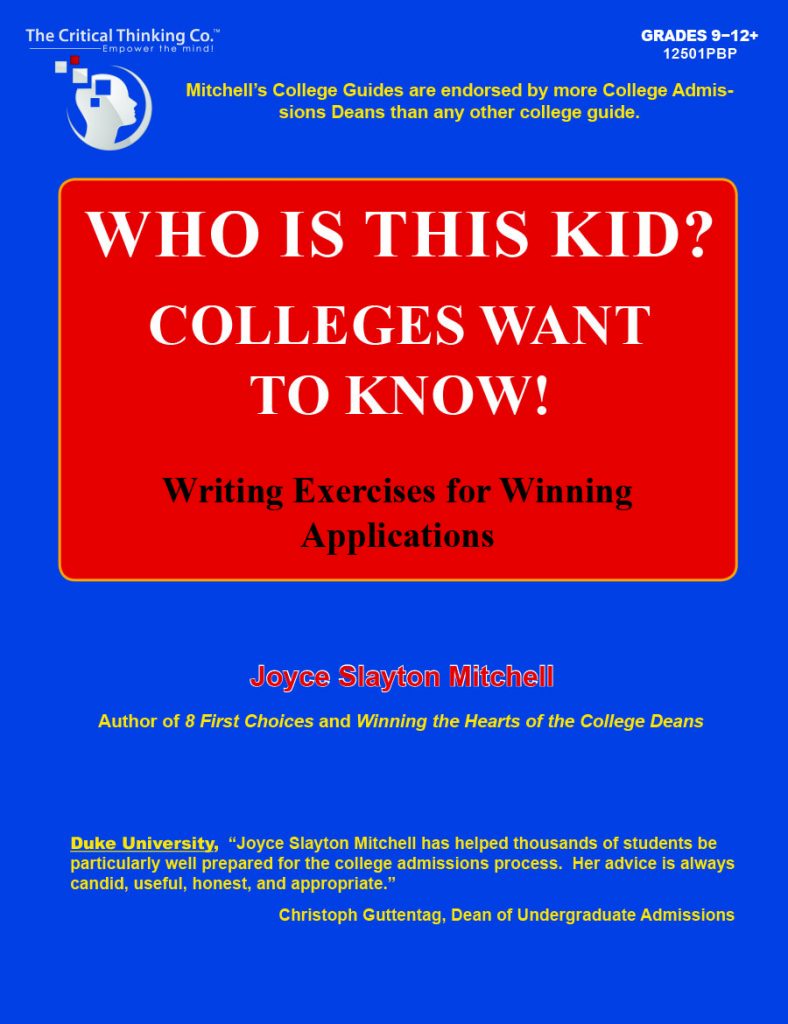One of those prayers is the Prayer Before the Crucifix, which I have just discovered has more than one version.
In the missals at our local parish, we learned these words for the prayer:
Behold, O kind and gentle Jesus, I kneel before you and pray that you would impress upon my heart the virtues of faith, hope and charity, with true repentance of my sins and a firm purpose of amendment. At the same time, with sorrow I meditate on your five precious wounds, having in mind the words which David spoke in prophecy: “They have pierced my hands and my feet. I can count all bones.” Amen
However, the FSSP parish uses a longer version of the prayer. Thus, I decided to make my son a copywork set to help him learn this version, and, like I often do, I am sharing the free printable Prayer Before the Crucifix set here in case it might bless you and yours.
Also, as is typical of most of the free copywork sets I share here, the Prayer Before the Crucifix set includes a cursive model...
...a print model...
...and a blank line sheet.
Also, as I often do, I have used a double thick line at the bottom of each line on the blank sheet to help children remember to ground their letters and have also used spaces between each word on the model to help children remember to leave spaces between words as they copy.
I hope this simple Prayer Before the Crucifix set is helpful for your children as they work on practicing prayers and handwriting.
You can find more free, printable prayer copywork here!
Gain an Indulgence
I hope this simple Prayer Before the Crucifix set is helpful for your children as they work on practicing prayers and handwriting.
You can find more free, printable prayer copywork here!
Gain an Indulgence
"A plenary indulgence is granted on each Friday of Lent and Passiontide to the faithful who, after Communion, piously recite the above prayer before an image of Christ crucified; on other days of the year the indulgence is partial." — Enchiridion of Indulgences, No. 22


















































